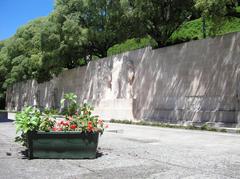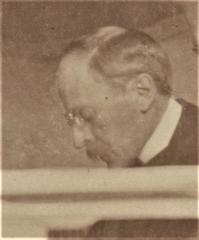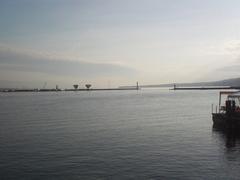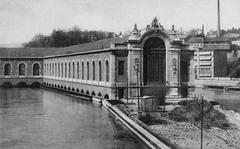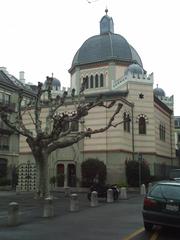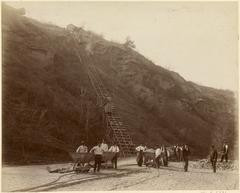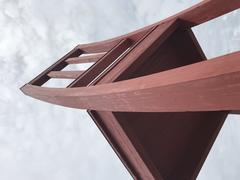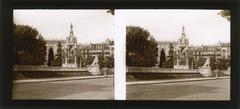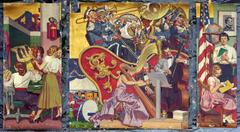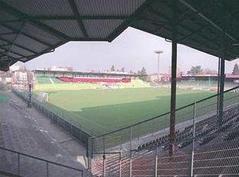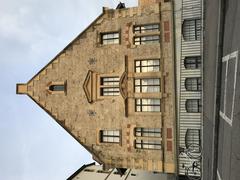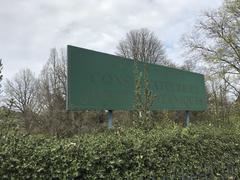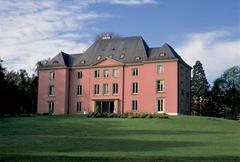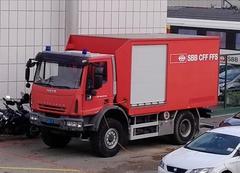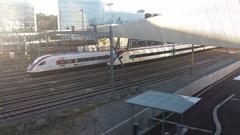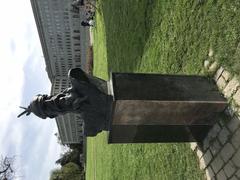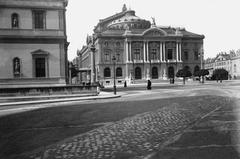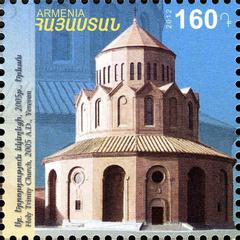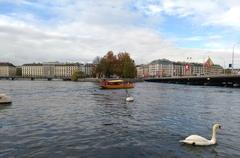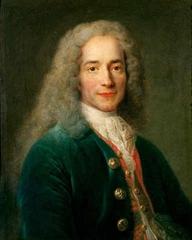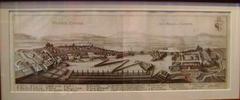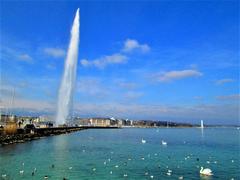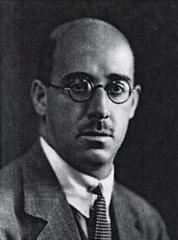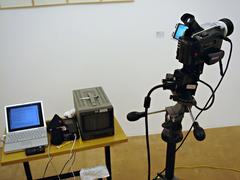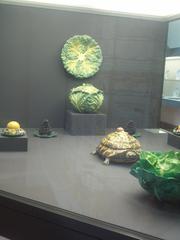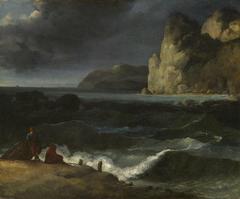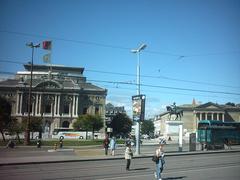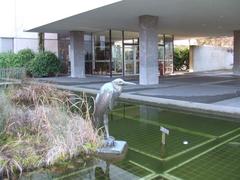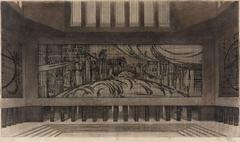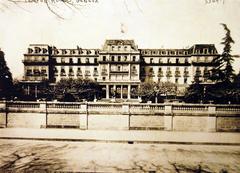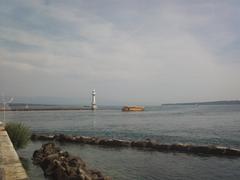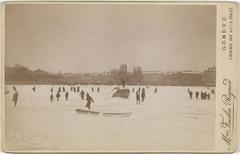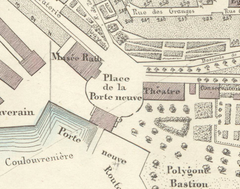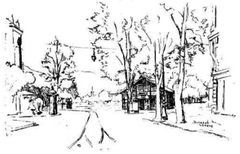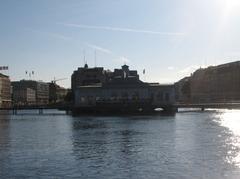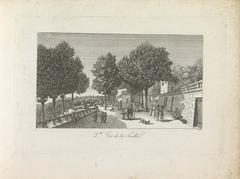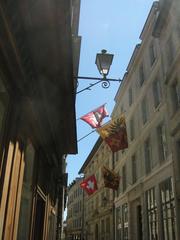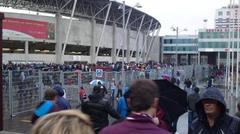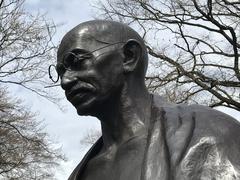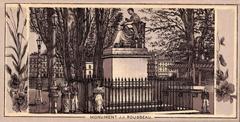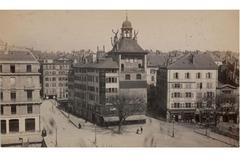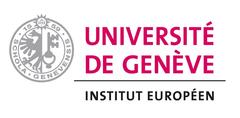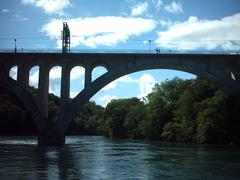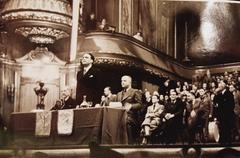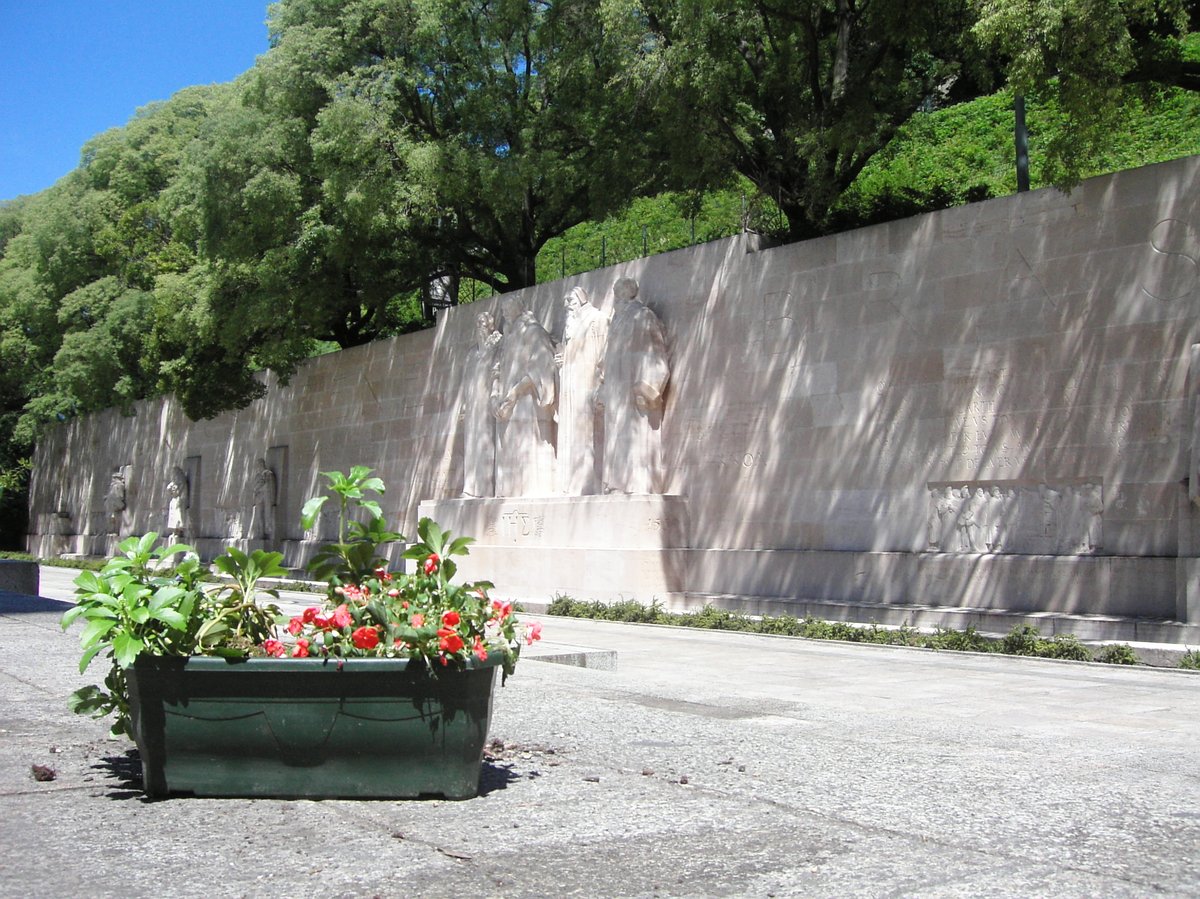
Reformation Wall Visiting Hours, Tickets, and Full Guide to Geneva’s Historical Landmark
Date: 14/06/2025
Introduction: The Reformation Wall’s Significance in Geneva
The Reformation Wall (Mur des Réformateurs), located in the heart of Geneva’s Parc des Bastions, stands as a monumental tribute to the Protestant Reformation and the city’s pivotal role in the religious, social, and political upheavals of 16th-century Europe. This imposing landmark commemorates the influential reformers who shaped Geneva’s identity and left a lasting impact on Western civilization. Its integration into Geneva’s ancient city walls, proximity to the University of Geneva, and detailed sculptural program make it a must-see for anyone interested in history, art, or theology.
This guide provides everything you need to plan your visit—covering the monument’s history, architecture, visiting hours, ticket and accessibility information, nearby attractions, and practical tips for an enriching experience. For more detailed information and resources, see GoTravelYourself, Explorial, and MySwitzerland.com.
Table of Contents
- Historical Context of the Reformation Wall
- Construction, Symbolism, and Artistic Significance
- Practical Visitor Information
- Nearby Attractions and Suggested Itineraries
- Frequently Asked Questions (FAQ)
- Visitor Tips and Accessibility
- Conclusion and Further Resources
- References
Historical Context of the Reformation Wall
Geneva and the Protestant Reformation
The Protestant Reformation, ignited by Martin Luther in 1517, reshaped the religious, political, and social landscape of Europe. Geneva became a central hub for Reformation activity, especially after the arrival of Guillaume Farel and John Calvin in the 1530s. Under Calvin’s guidance, the city transformed into a model of Reformed theology, governance, and education, welcoming persecuted Protestants from across Europe (gotravelyourself.com).
Calvin’s founding of the University of Geneva in 1559 ensured the continued spread of Reformation ideals by training theologians and community leaders. The influx of refugees from France, Italy, England, and Scotland enriched Geneva’s cultural and intellectual life, earning it the moniker “Protestant Rome.”
Construction, Symbolism, and Artistic Significance
Inception and Design
The Reformation Wall was inaugurated in 1909, marking the 400th anniversary of John Calvin’s birth and the 350th anniversary of the University of Geneva. Swiss architects Charles Dubois, Alphonse Laverrière, Eugène Monod, and Jean Taillens designed the monument to blend seamlessly with the city’s fortifications, symbolizing Geneva’s defense of spiritual and intellectual freedom (Explorial).
Monument Features
- Dimensions: 100 meters (325 feet) long, 9 meters (30 feet) high.
- Central Statues: Four 5-meter (15-foot) statues of key Genevan reformers:
- Guillaume Farel: First brought the Reformation to Geneva.
- John Calvin: Principal architect of Reformed Geneva.
- Théodore de Bèze: Calvin’s successor and noted scholar.
- John Knox: Scottish reformer influenced by Calvin.
- Additional Figures: Flanking bas-reliefs and smaller statues commemorate other influential reformers such as Roger Williams, Oliver Cromwell, and Stephen Bocskai, representing the Reformation’s wider European and global reach (Huguenot Fellowship).
- Inscriptions: The Latin motto “Post Tenebras Lux” (“After darkness, light”) encapsulates the Reformation’s pursuit of enlightenment and religious renewal (MySwitzerland.com).
Artistic and Cultural Impact
The Wall is both a work of art and a historical document, integrating sculpture, architecture, and narrative reliefs. Its location in Parc des Bastions—adjacent to the University—reinforces Geneva’s identity as a center of learning and reform. The monument is a gathering place for reflection, cultural events, and ongoing public discourse, as highlighted by its use during contemporary social movements.
Practical Visitor Information
Location and Getting There
- Address: Promenade des Bastions 1, 1204 Genève, Switzerland
- Access: The Wall is a short walk from Geneva’s Old Town and Place de Neuve and easily reachable via tram (lines 12, 15, 17, 18) and multiple bus routes. The main train station, Gare Cornavin, is about a 15-minute walk away (myswitzerland.com).
Visiting Hours and Tickets
- Opening Hours: The Reformation Wall is located outdoors in Parc des Bastions and is accessible 24 hours a day, year-round.
- Admission: Free; no tickets or reservations required.
Accessibility
- Wheelchair Access: Parc des Bastions features flat, paved walkways and benches for rest, making the site accessible for visitors with mobility challenges.
- Parking: Limited public parking at Place de Neuve. Public transport is recommended.
Amenities
- Restrooms: Available within the park.
- Food and Drink: Kiosque des Bastions café offers snacks and meals. Additional dining options are available in the Old Town and Place de Neuve (outofofficemindset.com).
Nearby Attractions and Suggested Itineraries
- International Museum of the Reformation: Provides in-depth exhibits on the Reformation’s history (geneve.com).
- St. Pierre Cathedral: Key Reformation site with archaeological remains and panoramic views (historytools.org).
- Old Town (Vieille Ville): Geneva’s historic center with cobblestone streets and charming squares.
- Place de Neuve: Features the Grand Théâtre and Musée Rath.
- Promenade de la Treille: Offers city views and the world’s longest wooden bench.
Combine your visit to the Reformation Wall with a stroll through Old Town or a museum tour for a richer cultural experience.
Frequently Asked Questions (FAQ)
Q: What are the Reformation Wall’s visiting hours?
A: The monument is open 24/7 year-round as it is located outdoors in Parc des Bastions (myswitzerland.com).
Q: Is there an entrance fee or are tickets required?
A: No, admission is completely free.
Q: Are guided tours available?
A: While there are multilingual information panels onsite, more detailed tours are available at the International Museum of the Reformation and through local tour operators.
Q: Is the site accessible for those with mobility challenges?
A: Yes, the park and monument have wheelchair-accessible paths and benches.
Q: Can I take photos?
A: Yes, photography is encouraged.
Q: How do I get there by public transport?
A: Tram lines 12, 15, 17, 18 and buses 3, 5, 20, 36 stop at Place de Neuve, near the Wall.
Visitor Tips and Accessibility
- Best Time to Visit: Spring and summer for lush park scenery; early morning or late afternoon for quieter ambiance and optimal lighting for photography.
- Weather: The monument is outdoors, so dress for the weather. Geneva has mild summers and cold winters; bring an umbrella in case of rain.
- Safety: Parc des Bastions is safe and well-patrolled, but keep valuables secure.
- Etiquette: Respect the site’s significance; avoid climbing on statues, and keep noise to a minimum.
Conclusion and Further Resources
For more Geneva travel tips, history, and cultural guides, check out:
- [Exploring Geneva’s Old Town: History and Highlights]
- [Top Museums to Visit in Geneva]
- [A Guide to Geneva’s Public Transport System]
Stay connected with the latest updates and inspiration by following us on social media!
References
- Visiting the Reformation Wall in Geneva: History, Tickets, and Travel Tips (GoTravelYourself)
- Reformation Wall Geneva: Visiting Hours, Tickets & Historical Insights (Explorial)
- Reformation Wall Geneva: Visiting Hours, Tickets & Historical Significance (History Hit)
- Visiting the Reformation Wall in Geneva: Hours, Tickets, and Historical Insights (MySwitzerland.com and Geneve.com), (Geneve.com)
- The Reformation Wall: History and Major Facts (worldhistoryedu.com)
- The Reformers on the Statue (Huguenot Fellowship)
- Is Geneva Worth Visiting? (outofofficemindset.com)
- A Historian’s Perspective on Geneva’s Testament to Protestant Heritage (historytools.org)
- In the Footsteps of the Reformation (musee-reforme.ch)
- Sacred Destinations: Geneva Reformation Wall
